CYGNus Constellation - Illustrations
Cygnus Constellation in Pictures
In the original article "Cygnus Constellation" many of the illustrations are shown using JavaScript, as a result, they may not be displayed on all devices, on this page all images are presented for viewing.
Google translator 2019, December, original text: Созвездие Лебедь в рисунках
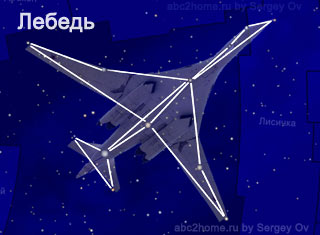
Cygnus Constellation
(Cygnus) is the most northern constellation Hercules group [1] is the eighth largest constellation of the Northern sky, and among the constellations of the entire celestial sphere (nebosphere), Cygnus takes 16th place (804 square degrees), slightly ahead of the constellation Taurus.
The Milky Way passes through the middle of the Cygnus constellation and, as it were, depicts turbulent air jets created by the flight of a bird whose wings seem to obscure the sky.
Stars and Cygnus constellation diagram
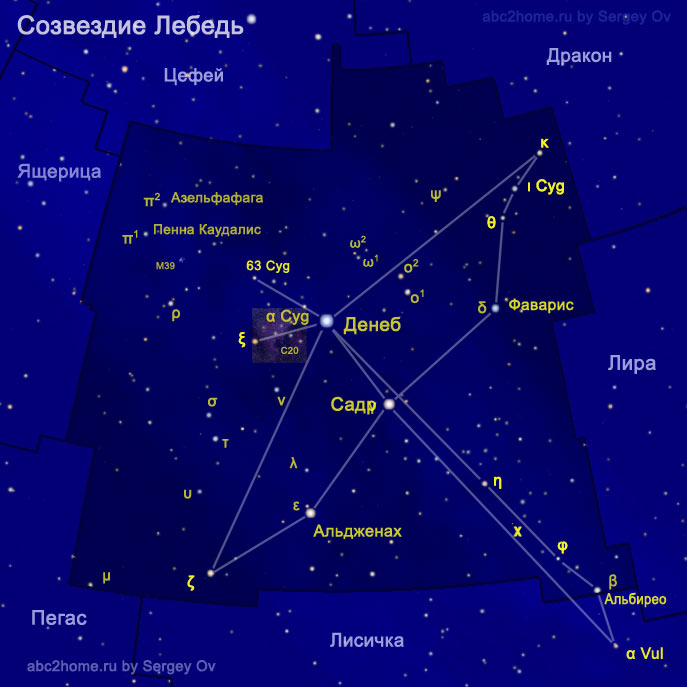
Fig. 1. Cygnus Constellation. Historically established and approved by the IAU names of the brightest and most conspicuous stars.
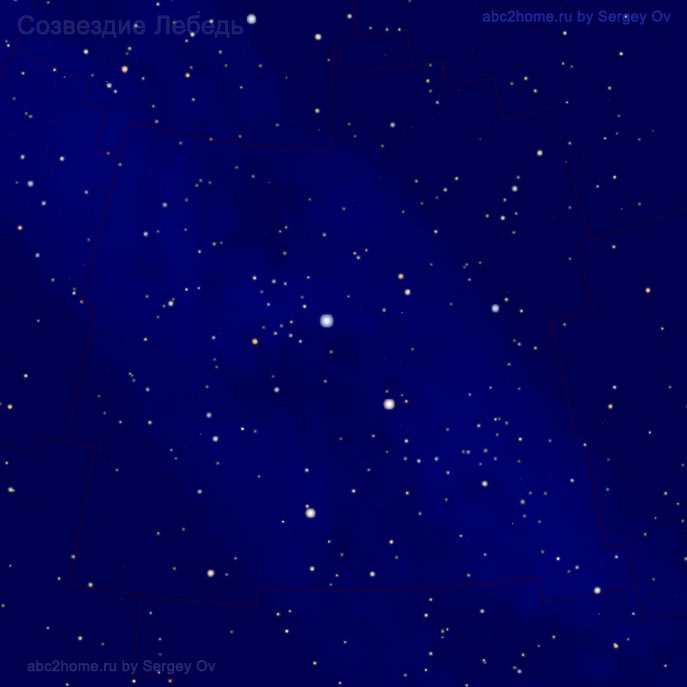 Sergey Ov
Sergey Ov
Fig. 1.1 The constellation Cygnus, visible stars and only stars
- Ruchba, ω1 Cyg и ω2 Cyg
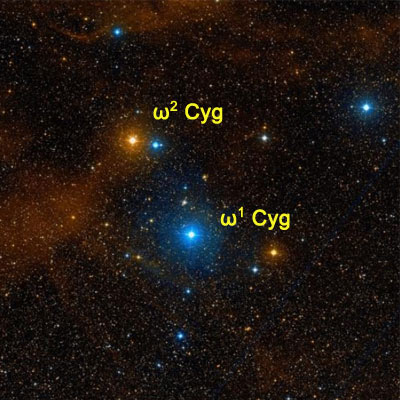
The open cluster M39 in the constellation Cygnus (NGC 7092)
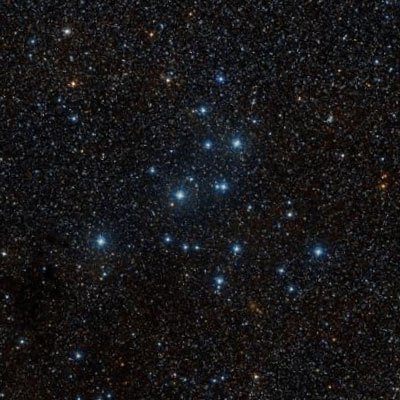
Nebula North America (NGC 7000, Caldwell 20, C 20)
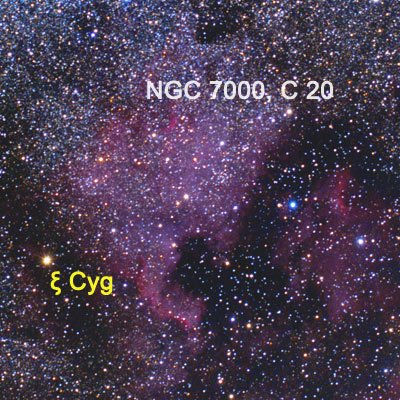
Diagrams of the constellation Cygnus
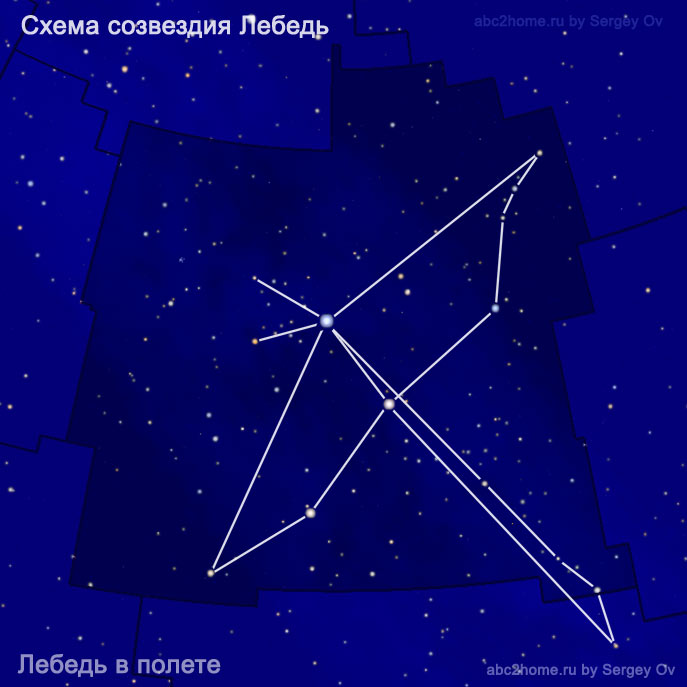 Sergey Ov
Sergey Ov
Fig. 2. Diagrams of the constellation Cygnus. Chart by the stars (outline image) of the mythological bird Cygnus into which Orpheus turned.
The image shown in Fig. 2 fully corresponds to the Ancient Greek mythological story about the demigod musician Orpheus and is used to depict the constellation Cygnus in our planetarium map: "Starry sky over Russia and the world".
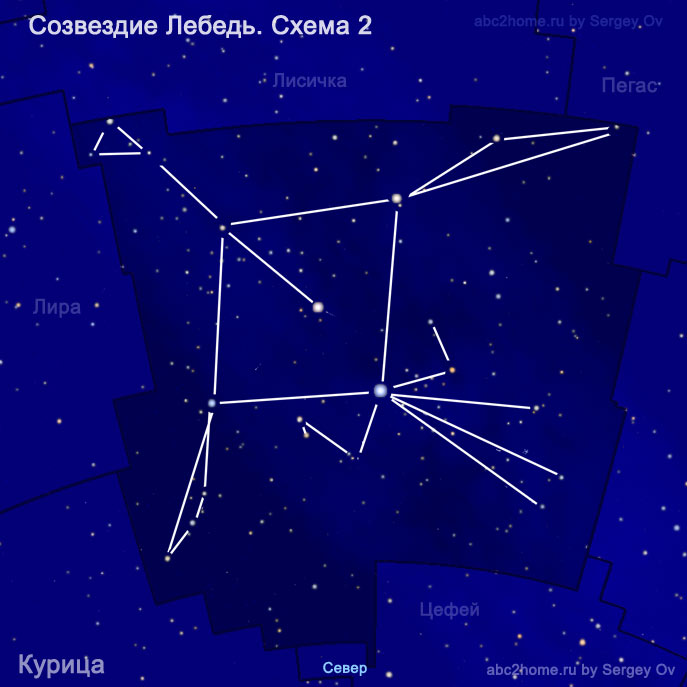 Sergey Ov
Sergey Ov
Fig. 3. Diagram of the constellation Cygnus. The Cygnus in the image of a Han (Arabic Chicken) is a diagram of stars (contour image), if you draw lines from the base of the wings to the head of the bird, instead of those already drawn, you will get a well-fed boiler.
But the pictorial possibilities of the stars of the constellation Cygnus are by no means exhausted by two schemes, only for the climax of the constellation, five variants of schemes have been prepared for you. Separately, it is worth presenting the Cygnus outline, drawn from the description of the constellation in a catalog compiled by Ptolemy in Almagest:
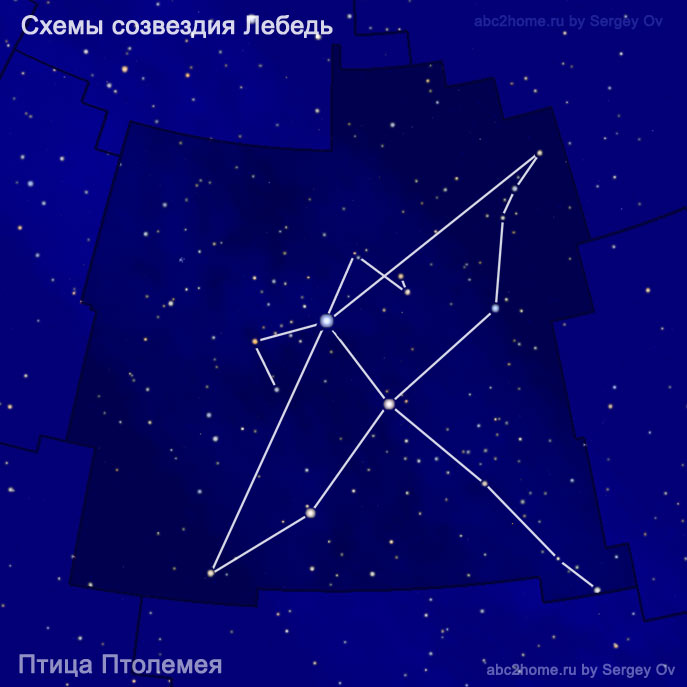 Sergey Ov
Sergey Ov
Fig. 4. Diagram of the constellation Cygnus - Bird of Ptolemy.
The diagram (Fig. 4) is based on 16 stars out of 19 represented in the Ptolemy catalog from the Almagest mathematical collection of works (two stars indicated by Ptolemy “Outside the Figure” and one λ Cyg on the left wing are not included in the diagram).
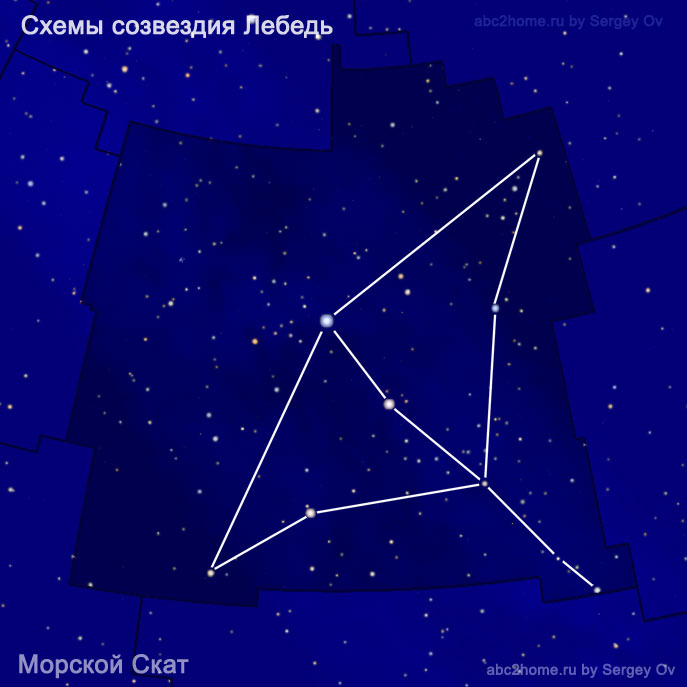
Fig. 5.1 Schematic representation of the stars of the constellation Cygnus: Stingray - view at the culmination of the constellation
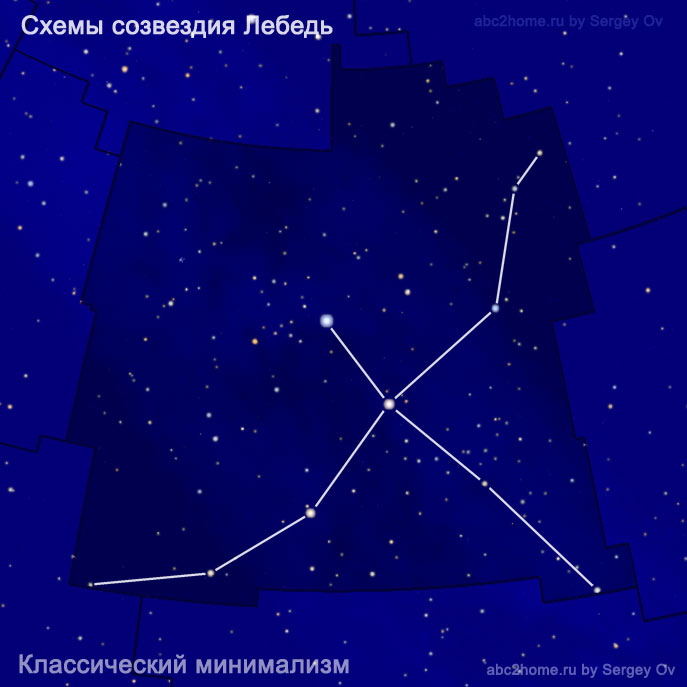
Fig. 5.2 Schematic representation of the stars of the constellation Cygnus: Swan, classic minimalism - view at the culmination of the constellation
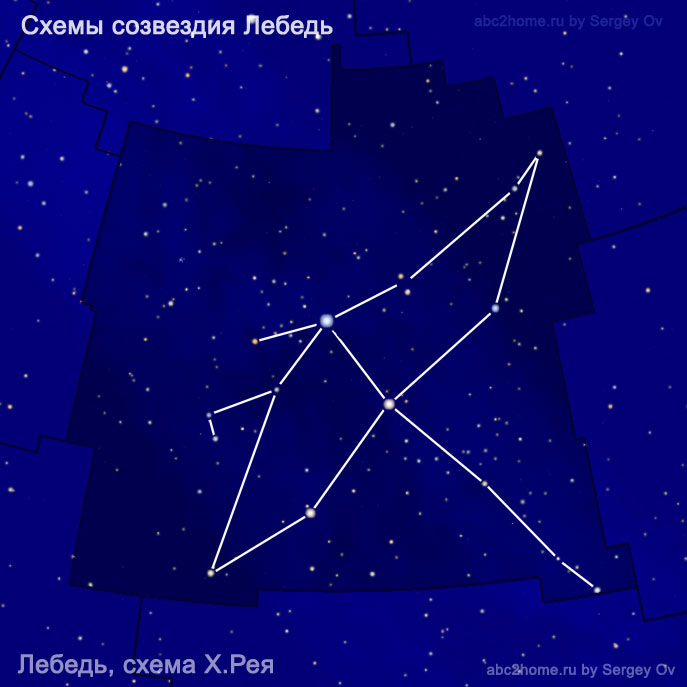
Fig. 5.3Schematic representation of the stars of the constellation Cygnus: Swan, scheme H. Ray - view at the culmination of the constellation
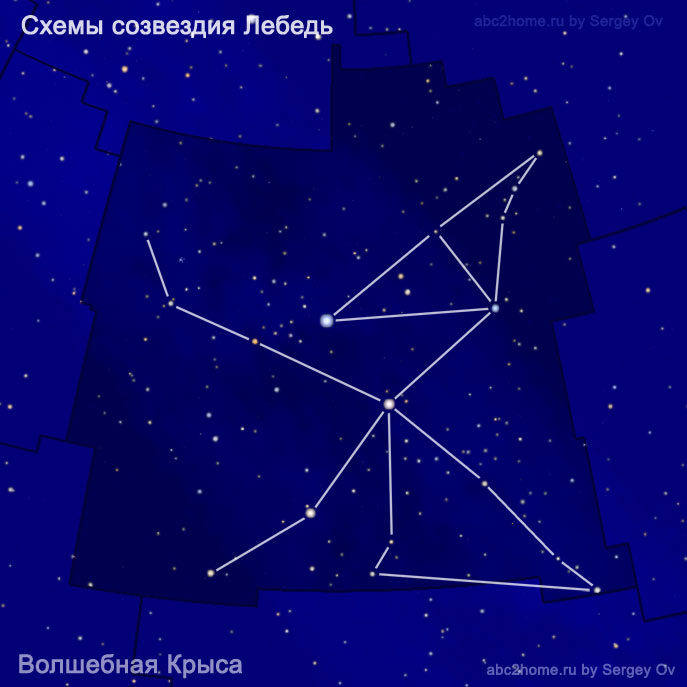
Fig. 5.4 Schematic representation of the stars of the constellation Cygnus: Magic Rat - view at the culmination of the constellation
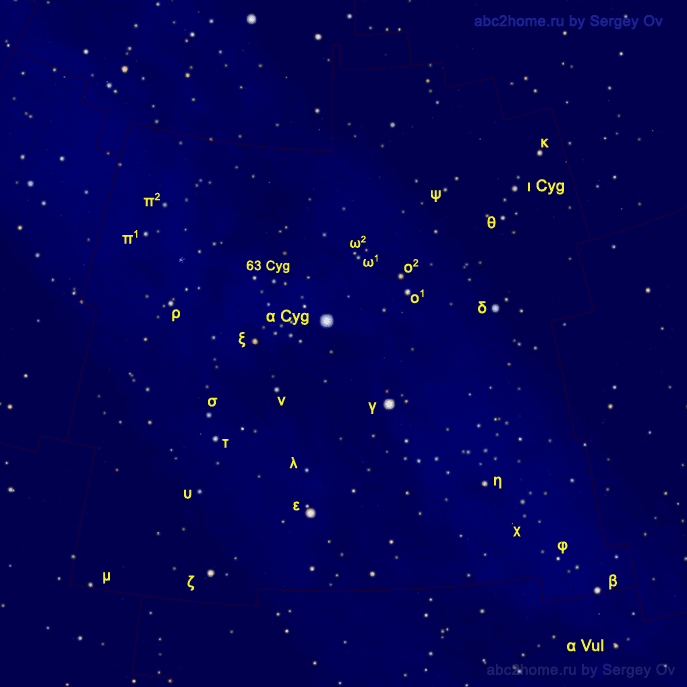
Fig. 5.5 Bayer constellation star designation
Figure 6 presents a set of schematic images of stars that can be imagined when looking at the constellation from west to east:
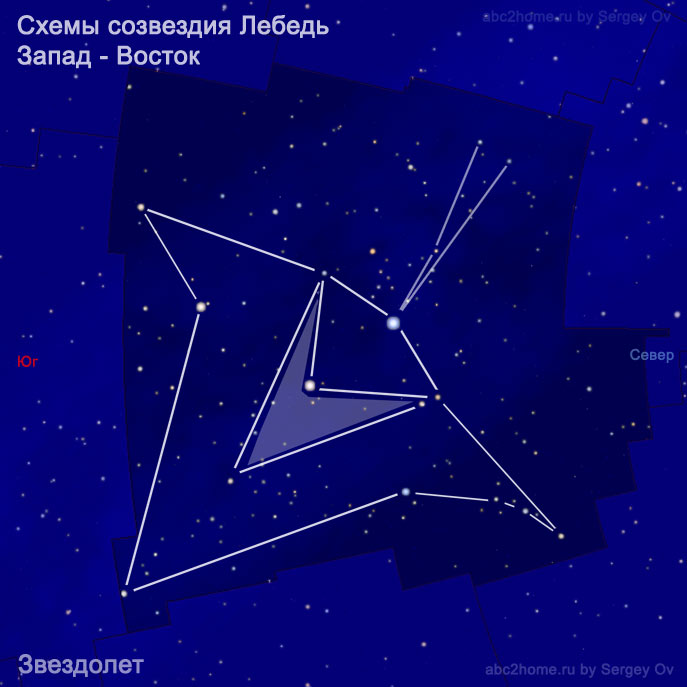
Fig. 6.1 Schematic drawings constructed when looking at the constellation Cygnus from west to east: Starship in Cygnus
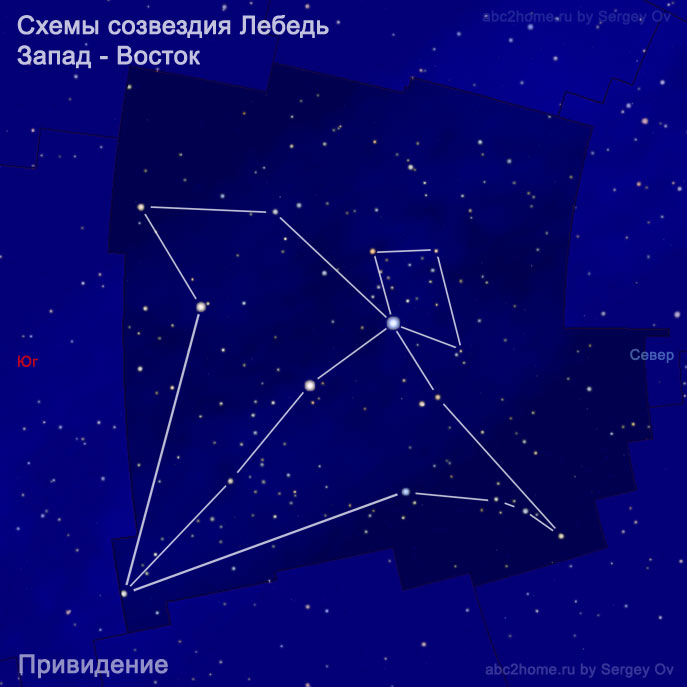
Fig. 6.2 Schematic drawings constructed from a glance at the constellation Cygnus from west to east: Ghost in Cygnus
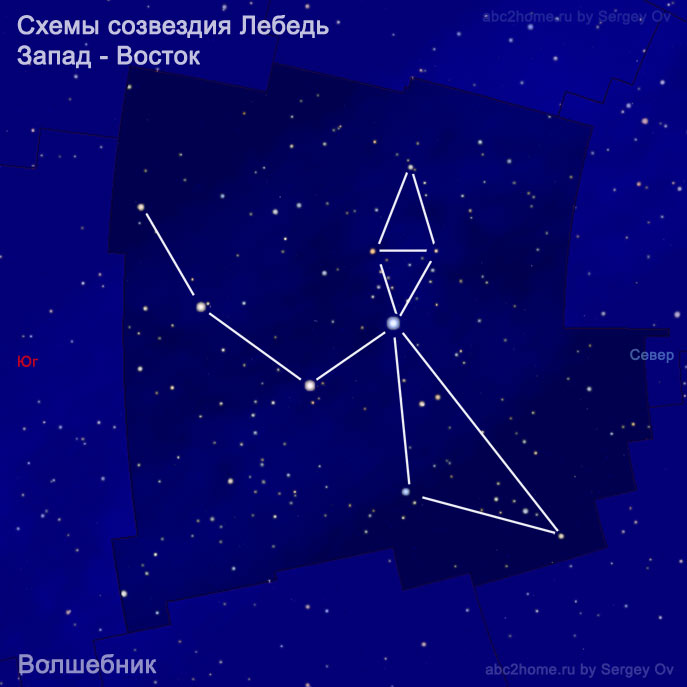
Fig. 6.3 chematic drawings constructed from a glance at the constellation Cygnus from west to east: The Wizard in Cygnus
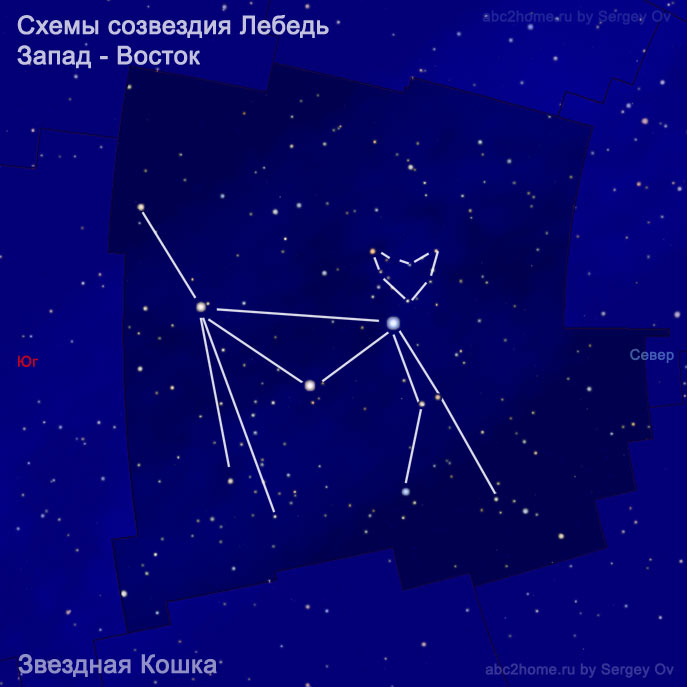
Fig. 6.4 Schematic drawings constructed from a glance at the constellation Cygnus from west to east: Missis Star Cat in Cygnus
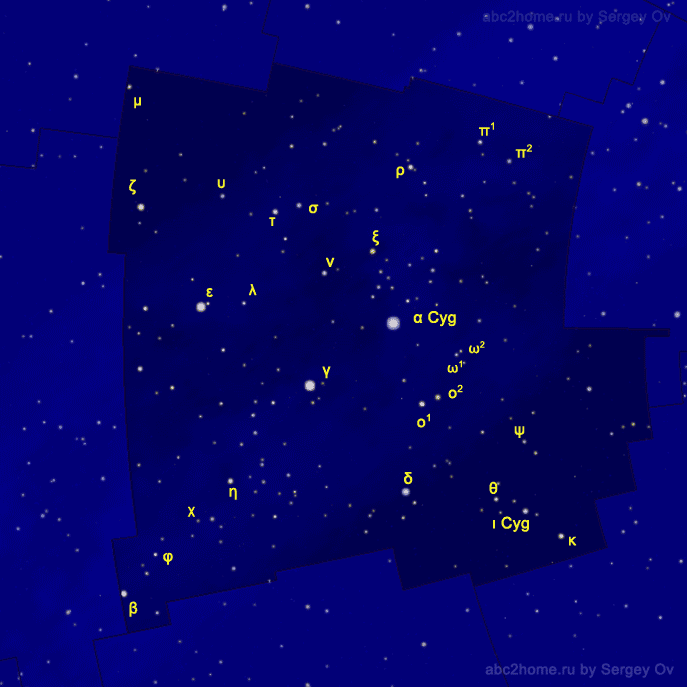
Fig. 6.5Bayer designations of the stars of the constellation Cygnus
Star Ka`at or Star Cat?
Famous science fiction writer Andre Norton wrote a series of books called "Star Ka`at", something similar begins to appear in our series of articles on constellations: Swan is the third constellation in which representatives of the feline family live or hide ( the account begins with the constellation Leo).
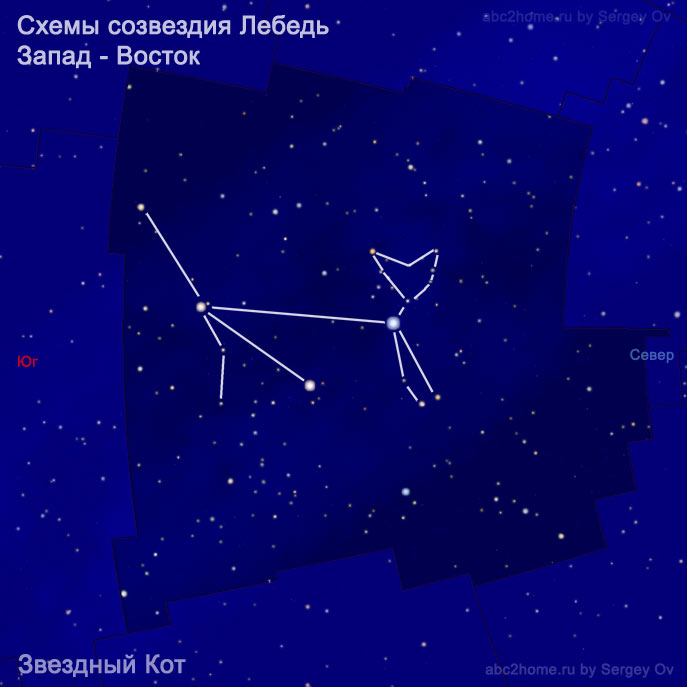
Fig. 7. Schematic drawing of "Mister Star Cat" or "Star Kitten"
We can say that we are beginning to accumulate a gallery of portraits of huge and small cats: Leo - the constellation Leo; Kitten Woof in Perseus; Missis Star Cat (fig. 6.4) and Mister Star Cat (fig. 7) in the Cygnus.
This involuntarily suggests:
- Or maybe star cats are hiding in each constellation?
The constellation Cygnus prepared another unexpected gift especially for the Russians, in fact, residents of all countries of the former Soviet Union (if they wish) can be proud of this gift. The Cygnus stars actually form a unique contour of the flagship of strategic aviation Tu-160, which is not by chance called by our aviators as the "White Swan" (Fig. 8):
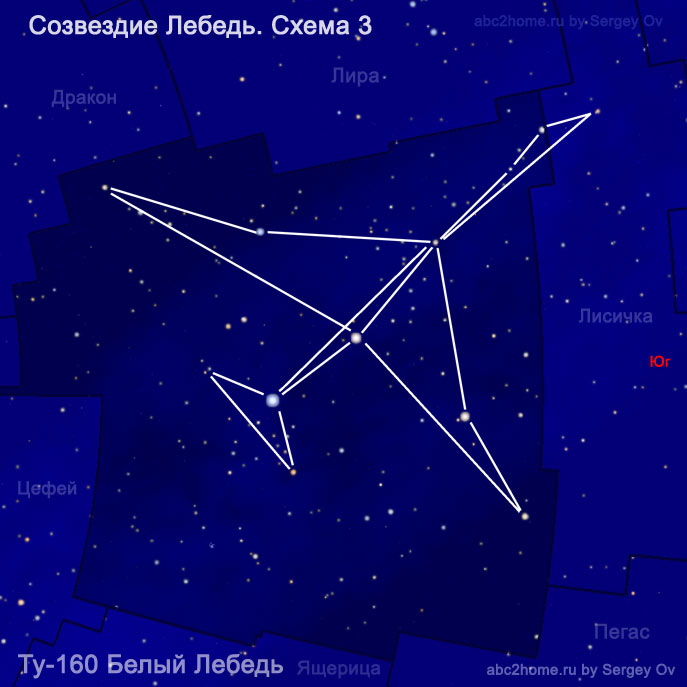 Sergey Ov
Sergey Ov
Fig. 8. Schematic drawing of an airplane that almost perfectly depicts the Russian Tu-160 "White Swan"
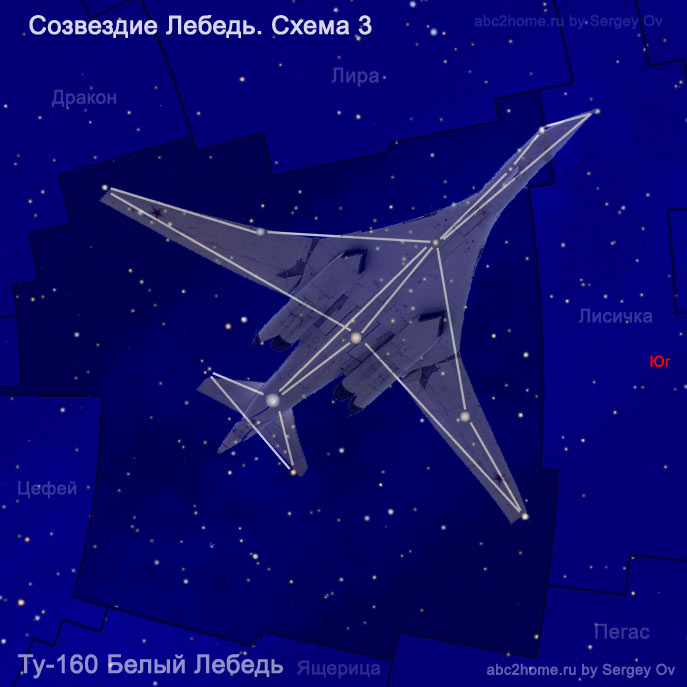
Fig. 8.1 Combining a schematic drawing of a constellation with a photograph of the Russian Tu-160 White Swan
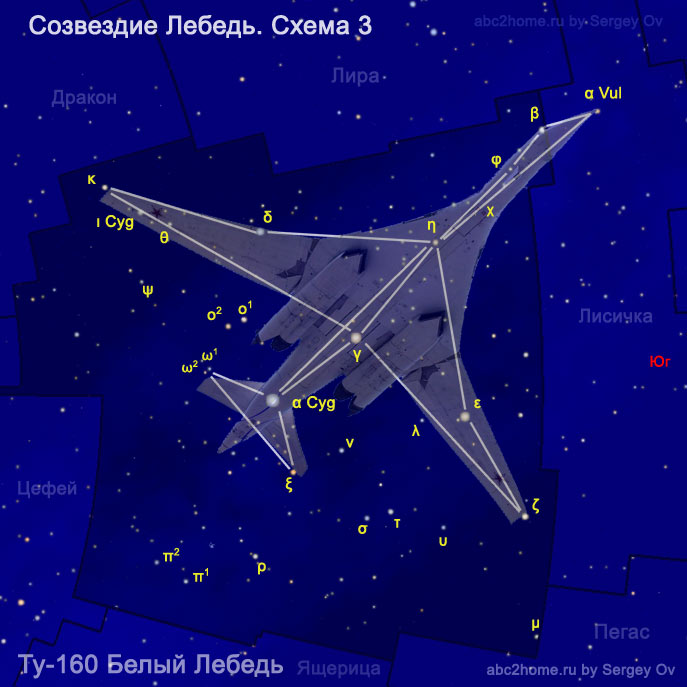
Fig. 8.2 Schematic drawing of the aircraft, the Tu-160 "White Swan" and Bayer designations
Asterisms of the constellation Cygnus
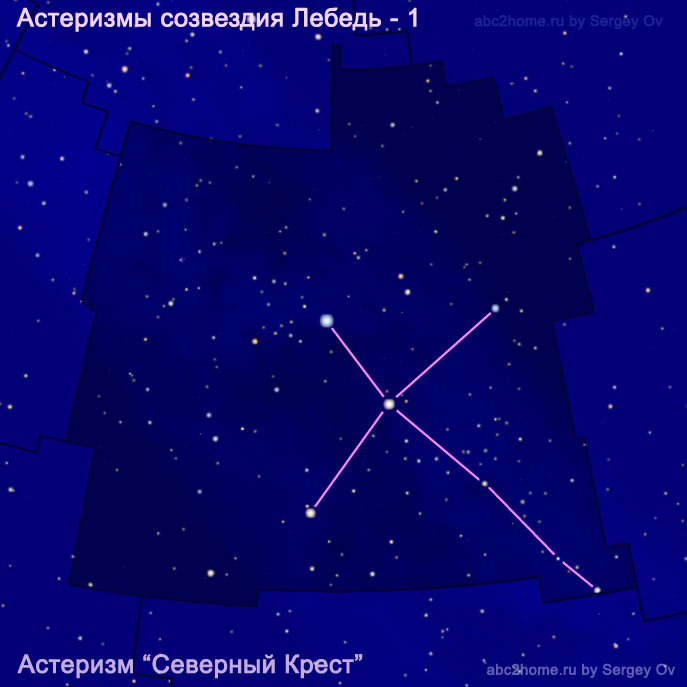
Fig. 9. Asterism "Northern Cross". The most ancient asterism of the constellation Cygnus
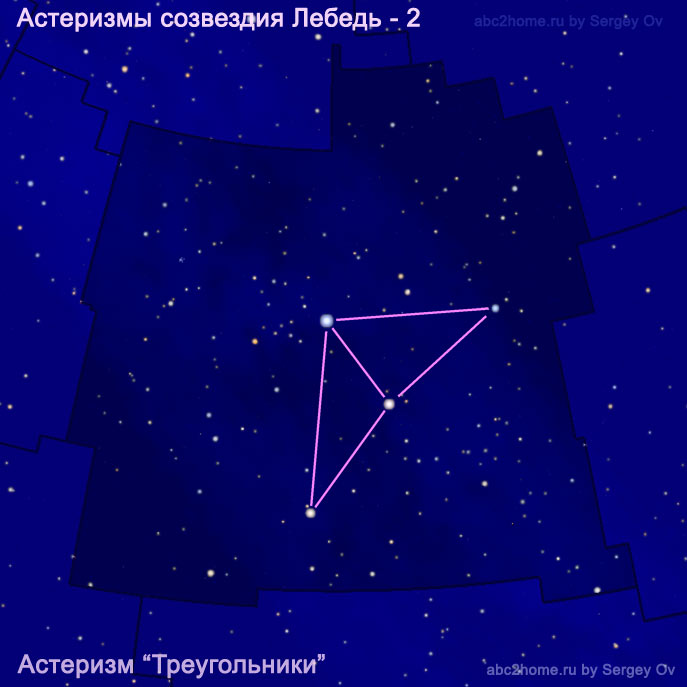 Sergey Ov
Sergey Ov
Fig. 10. Asterisms of the constellation Cygnus from the brightest stars closest to Deneb: 10.a2 - Triangles asterism
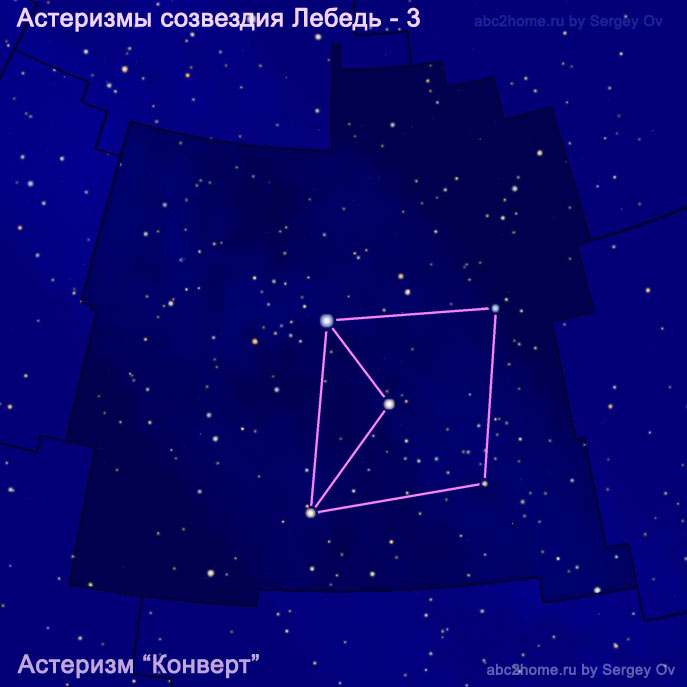
Fig. 10. Asterisms of the Cygnus from the brightest stars closest to Deneb: 10.a3 - Asterism "Postal envelope"
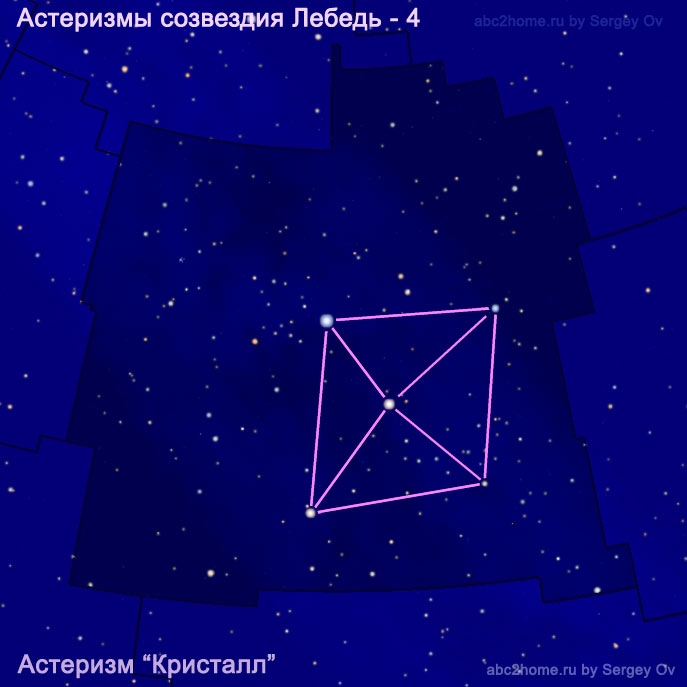
Fig. 10. АAsterisms of the Cygnus from the brightest stars closest to Deneb:
10.а4 - asterism "Crystal"
Cygnus Constellation also acts as a co-founder of seasonal asterism: Summer Triangle (Summer-Autumn). The brightest star of Cygnus Deneb (α Cygnus; 0,45m), is the northernmost peak of the Summer Triangle (Fig. 9), into the borders of which five constellations fall: Cygnus; Lyra, Vulpecula, Sagitta and Aquila.
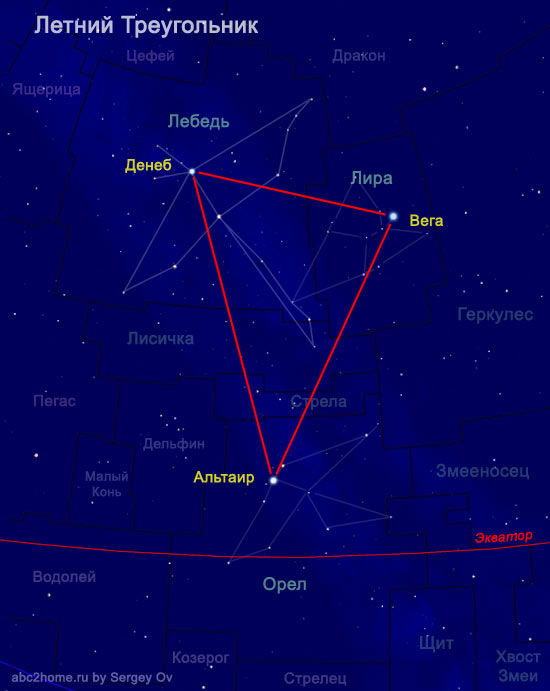
Fig. 11. Seasonal Asterism Summer Triangle.
How to find the constellation Cygnus
(How to recognize the constellation Cygnus)
Fig. 12. How to Find the Swan Constellation Using Cassiopeia Stars
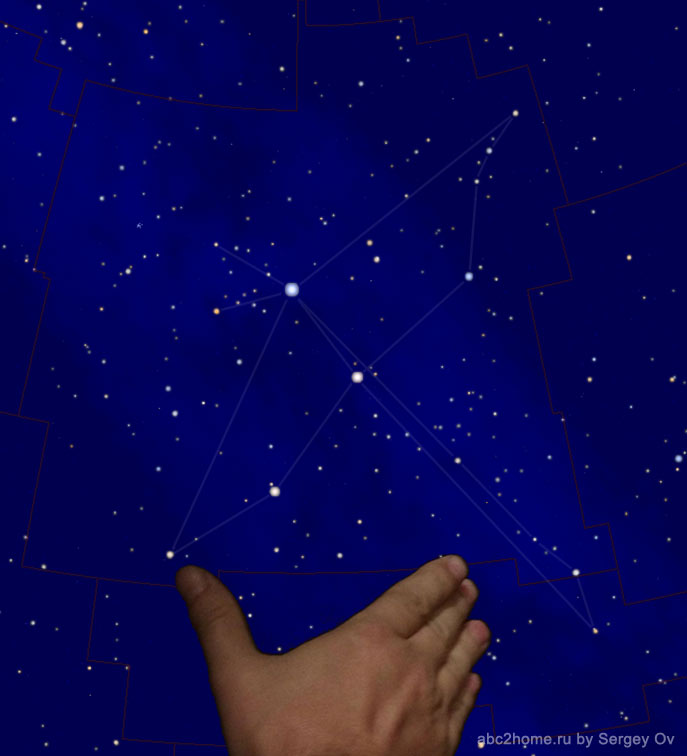
Fig. 14. Estimation of the angular size of the constellation Cygnus with outstretched arms.
The Cygnus Arm (Рукав Лебедя) is 1a spiral arm of the Milky Way Galaxy
Our galaxy, the Milky Way, refers to the type of spiral galaxies with a jumper. The computer model of our galaxy developed by NASA is shown in Fig. 15:
Fig. 15.Milky Way Galaxy, image obtained from computer simulation
(for a detailed study of the image, click on it)
History and mythology of the constellation Cygnus
The first Sumerian-Akkadian images of the constellation, bearing the prototype of Cygnus, date back to the III millennium BC. In particular, a relief drawing on a cylindrical stone seal dating from 2300 BC (Seal of the scribe Ed). A photograph of a clay print depicting Enki and his symbolic companions Capricorn and Imdugut bird is shown in Figure 16.
When studying the image and its characters, the idea came up: What if we combine the image of Enki, Capricorn (the future Goat-Fish) and Imdugut-Bird with a map of the starry sky?
It turned out that in the best way the image of Capricorn coincides with the stars of the same constellation, if you mirror the relief pattern of the print, that is, it is most likely that the sketch depicts the Sumerian constellations with a “divine look” at heaven.
The mirror image of such a sketch returns it to the earthly look of the night sky. The results of combining the mirror reflection of the impression fragment and the map of the starry sky are presented in Figure 17:
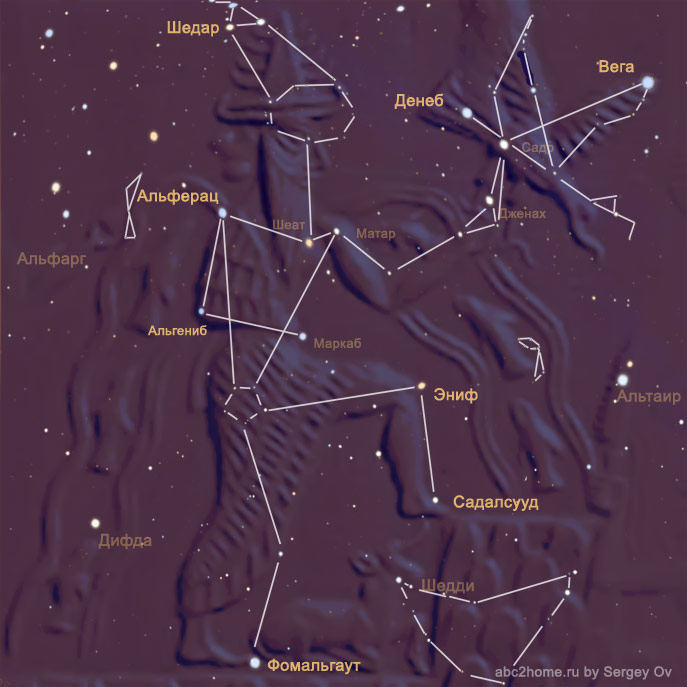 Sergey Ov
Sergey Ov
Fig. 17. An enlarged fragment of a stone seal imprint (The seal ADDA). The figure is presented in mirror image. The combination of the map of the starry sky and the image of Enki with the Bird Imdugut (Anzud)
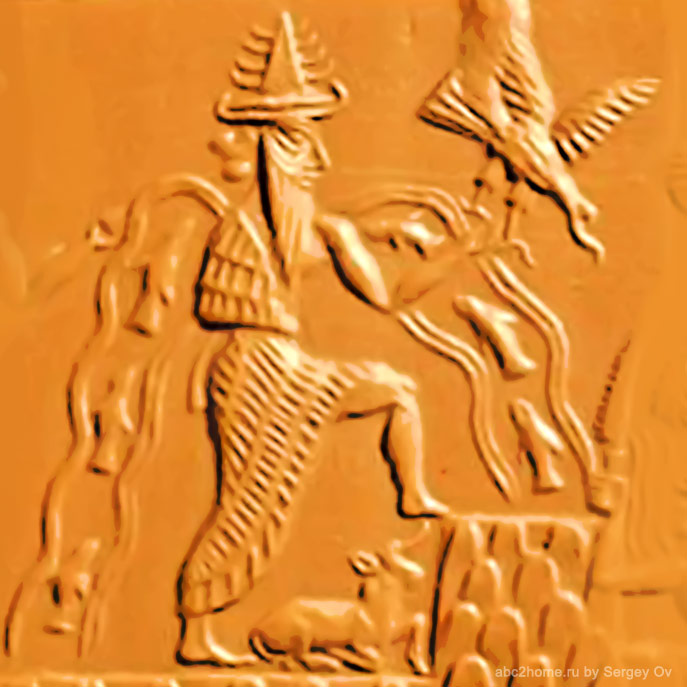
Fig. 17.2. An enlarged image of a fragment of a clay imprint of a seal
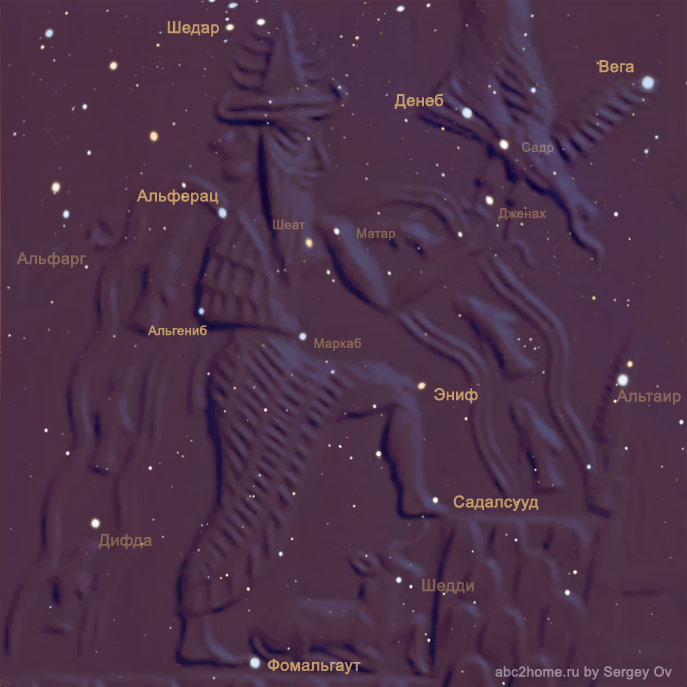
Fig. 17.3. Image of the starry sky, including the constellations Pisces, Cygnus, Lyra, Pegasus, Aquarius and Capricorn
Fig. 18. Cygnus Constellation in Al Sufi's Book of the Fixed Stars (Al Sufi. Book of the constellations, or fixed stars. - Bodleian copy: Suwar al-Kawakib al-Thabitah (Book of fixed Stars) - a copy written by al-Sufi's son 1009 in Iran).
In order for the picture to correspond to the “earthly” look of the constellation, in the collage we offer, the image of the Swan is mirrored from the original:
Fig. 19. Cygnus Constellation - a collage based on a picture in the atlas of Jan Hevelius (only those stars that were brought into the atlas by Hevelius themselves are highlighted)
Sergey Ov (Seosnews9)
Illustrations for the article: Cygnus Constellation, Cygnus (Cyg) - the northernmost constellation of the Hercules group
Separate pages with illustrations:
Perseus constellation in the drawings
Cygnus constellation in the pictures
Aries constellation in the drawings
Lyra constellation in the pictures
Aquila constellation in the drawings
1. The group of Hercules will include the constellations:
Cugnys, Lyra, Hercules, Vulpecula, Sagitta, Aquila, Scutum, Serpens, Ophiuchus.
Fig. 16. Hercules constellations family
The constellations Hercules, Ophiuchus, Serpens are united by a common mythical plot, and so to speak, the Scutum, Sagitta, Lyra, Vulpecula and the Aquila "crept into the group" got here mostly due to common borders. The Cygnus was probably added to the group because its brightest star is the pinnacle of the seasonal asterism "Summer-Autumn Triangle" (Altair-Deneb-Vega), as well as due to the existence of the myth of the Stymphalian birds and the myth of Orpheus, which unites the constellations Lyra and Cygnus.
When I first met the groups of the constellations Ursa Major (10 constellations) and the Zodiac (12 constellations) created by Donald Menzel, I just quietly rejoiced: “Well, I found a way to better remember the constellations!”.
I was glad when it came to the group of Perseus constellations (9 constellations) and the Orion group (5 constellations) - everything is compact and logical.
And now the turn came up to the Hercules group proposed by Menzel: 19 constellations, which are half scattered in different parts of the sky - this is not something to remember, it is inconvenient to search!
Therefore, it was decided that in the future the Menzel’s list of the Hercules group should be divided into two groups - northern and southern: for the northern group, we will retain the old name “Hercules group” (9 constellations or 10 if we count the tail and head of the Snake separately), and for the southern one - for now a working title is proposed: "Centaurus group" its list of constellations will probably still need to be edited.
Hercules is the Roman name for the ancient Greek hero Hercules. In the mythological plot set forth here, we restrict ourselves to a list of exploits suitable for our northern Hercules constellations family:
The myth of the exploits of Heracles / lat. Hercules / (summary)
When Hercules was still a baby, Hera, the wife of Zeus, learning about an illegitimate child, sent two snakes to him. The snakes were supposed to strangle the baby, but Hercules showed remarkable strength and himself strangled the snakes by grabbing them by the throat -the constellations Ophiuchus and Serpens can display this scene.
When the matured Hercules was forced to perform his exploits in the service of King Eurystheus, the fourth of them was the expulsion of the Stimphalian birds from the Peloponnese Peninsula - in some sources the role of the Stimphalian birds is assigned to the constellations Aquila, Cygnus and Lyra.
The constellation Hercules and the constellation Dragon located above represent the scene from the last twelfth feat of Hercules: the moment when Hercules-Hercules is trying to lure the Dragon guarding the Hesperides garden to treat him with a club is captured on the canvas...
Google translator, December 2019
2. Asterism - a group of stars, forming a characteristic pattern and having an independent name. Asterism can be as part of a constellation, for example, Tron, and combine several constellations, for example, the Summer Triangle.
3. Navigation stars are the stars used in navigation and aviation to determine the position of ships and airplanes in the event of a technical failure. Currently, the stars listed in the “Marine Astronomical Yearbook” are classified as navigational.
4. The photosphere is the deepest and densest layers of the star's atmosphere (including the Sun), from which the main share of the energy emitted by it comes out.
5. Right ascension and declination - the name of the coordinates in the second equatorial frame of reference
6. The proper motions of stars — the apparent angular displacements of stars in the celestial sphere for the year.
Great Soviet Encyclopedia, 3 ed. 1969 - 1978
● Home
 Zodiac signs
Zodiac signs
 Constellations
✔ Cygnus Constellation in Pictures
Constellations
✔ Cygnus Constellation in Pictures


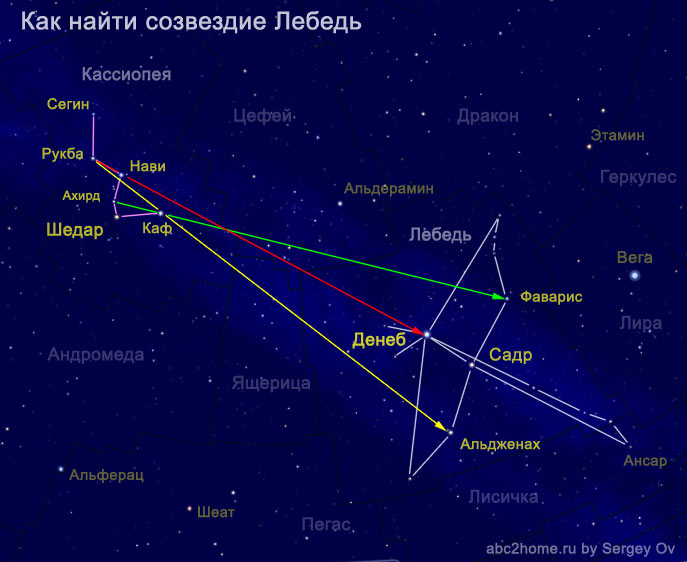
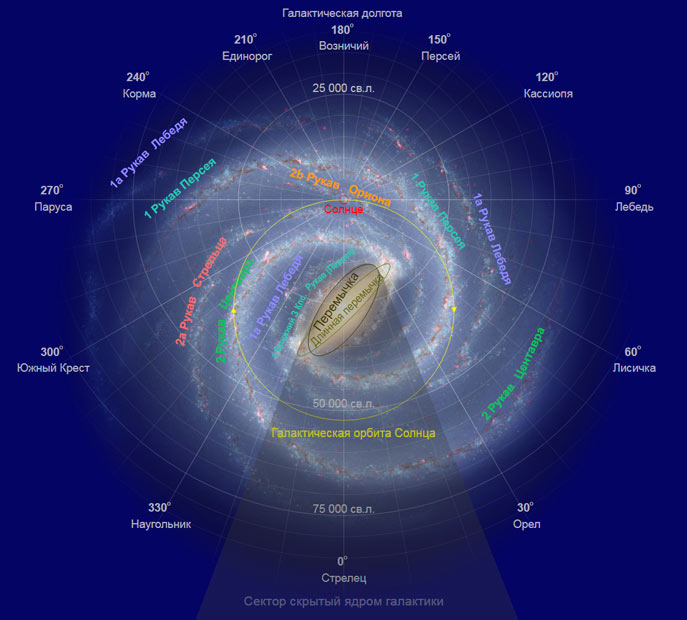
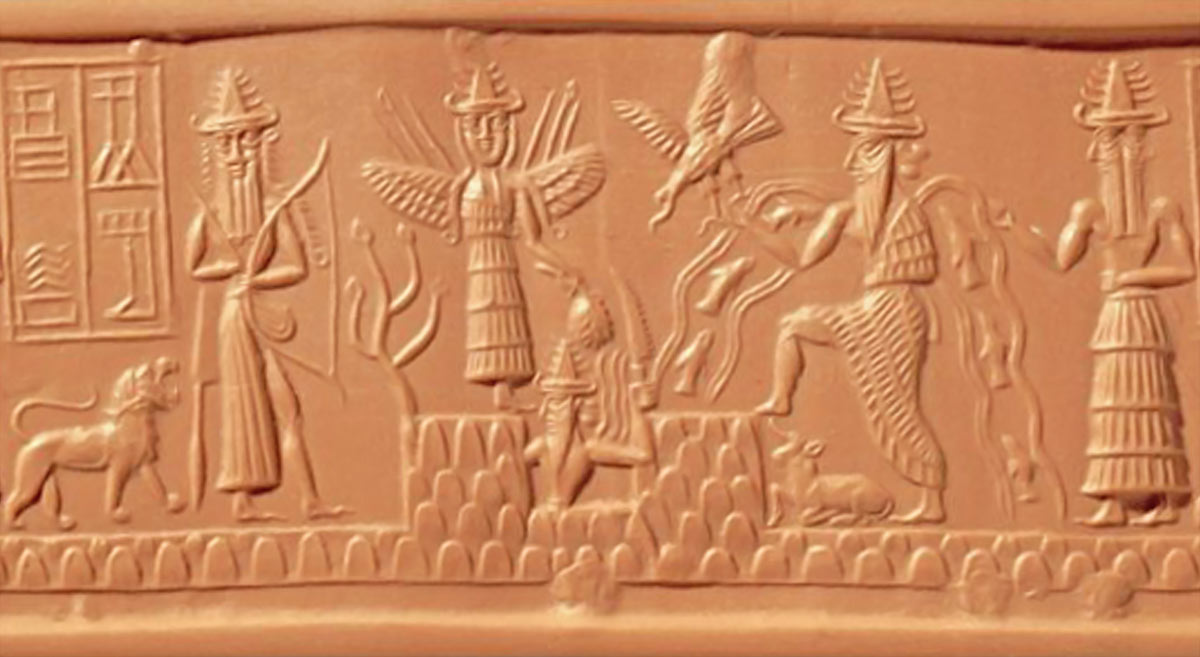
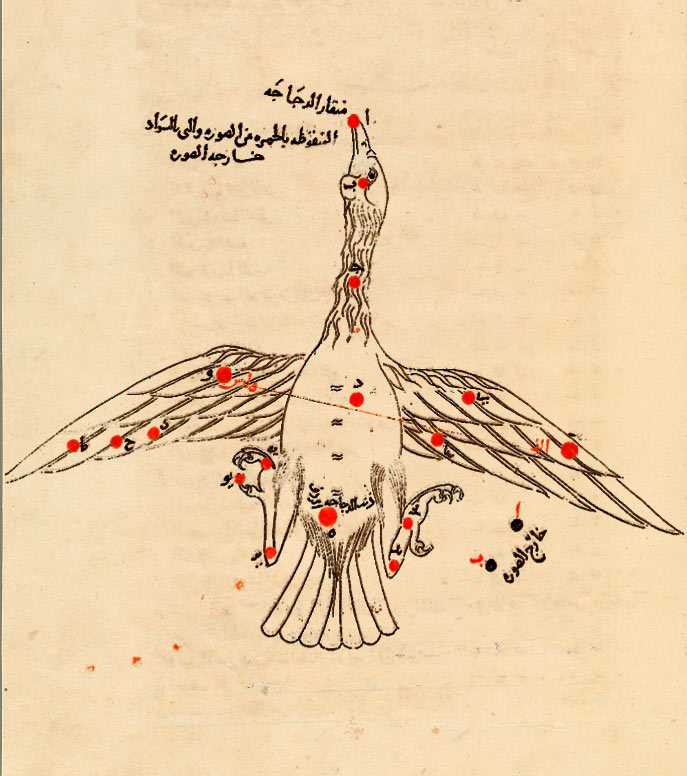
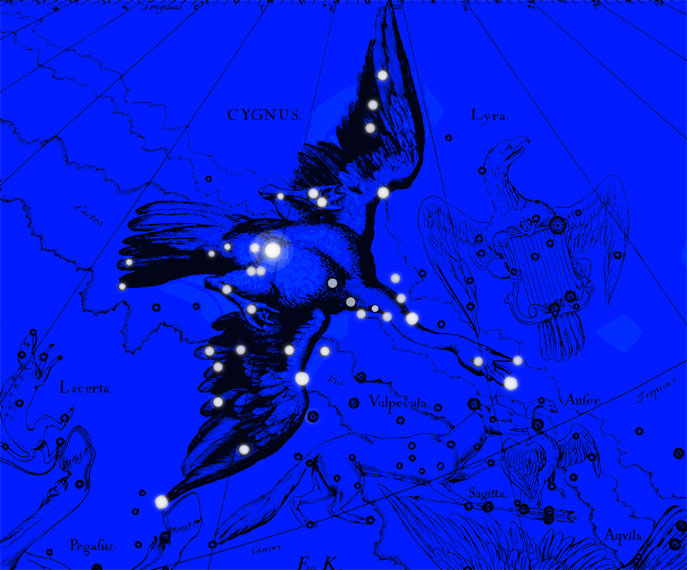
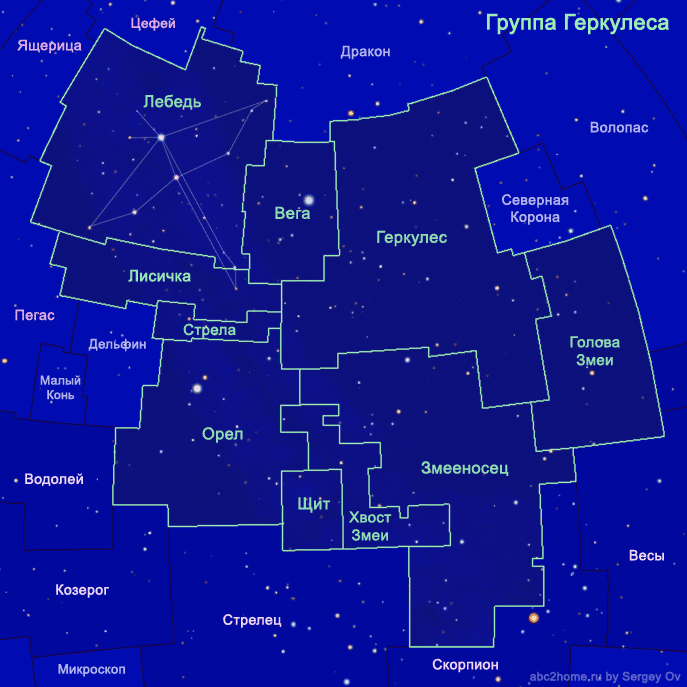
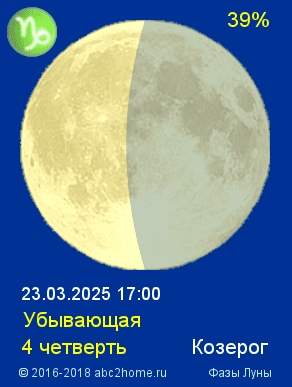


 SIGN ARIES
SIGN ARIES